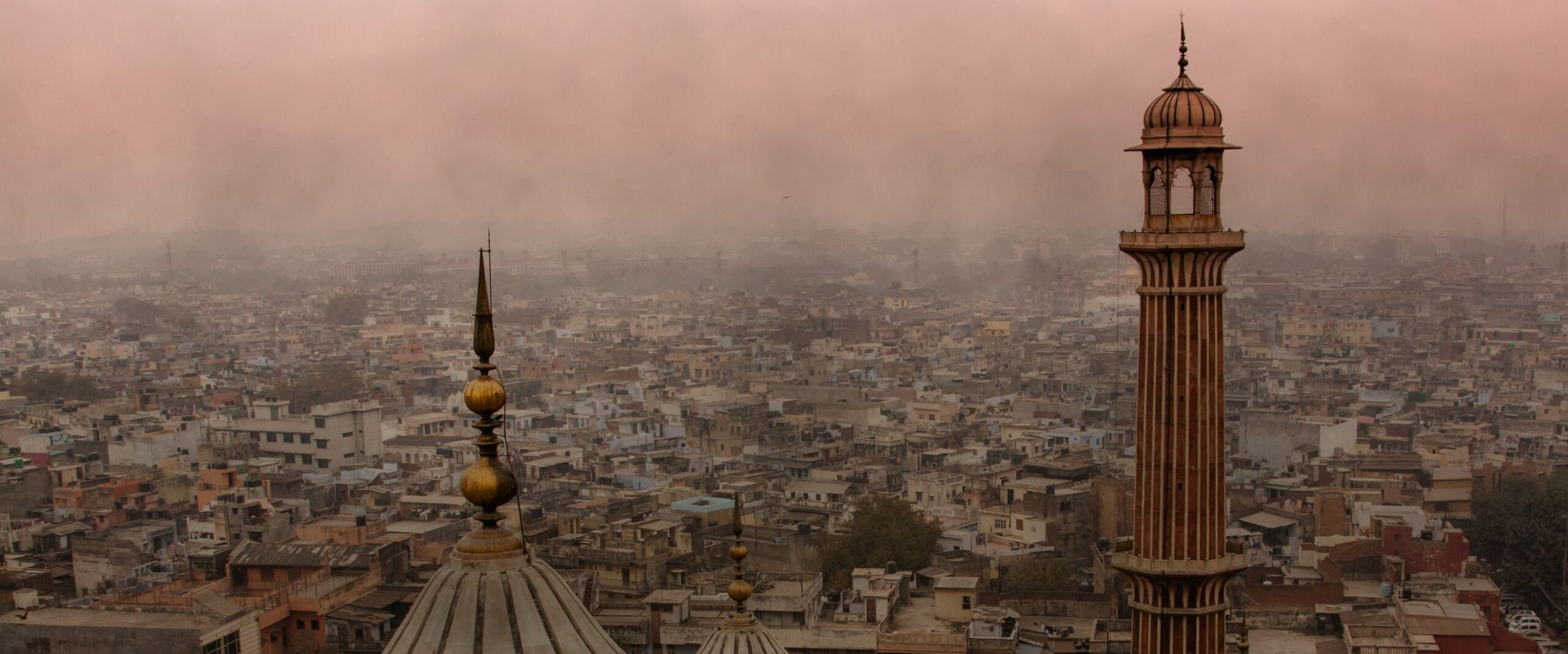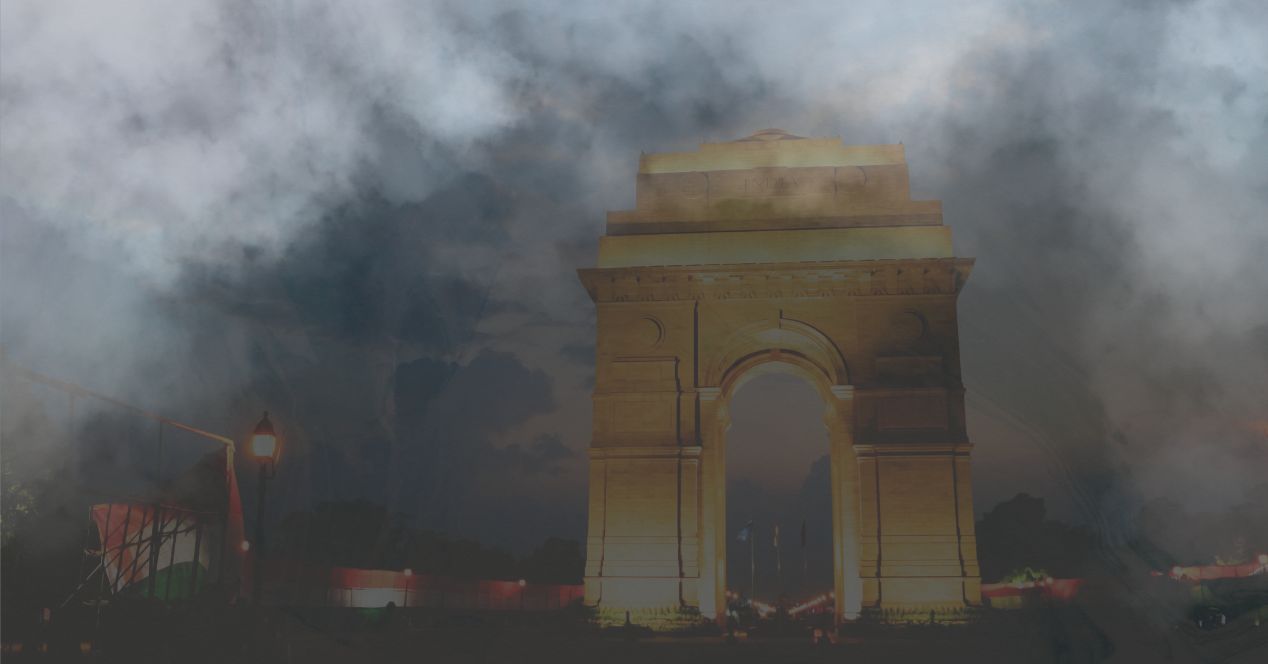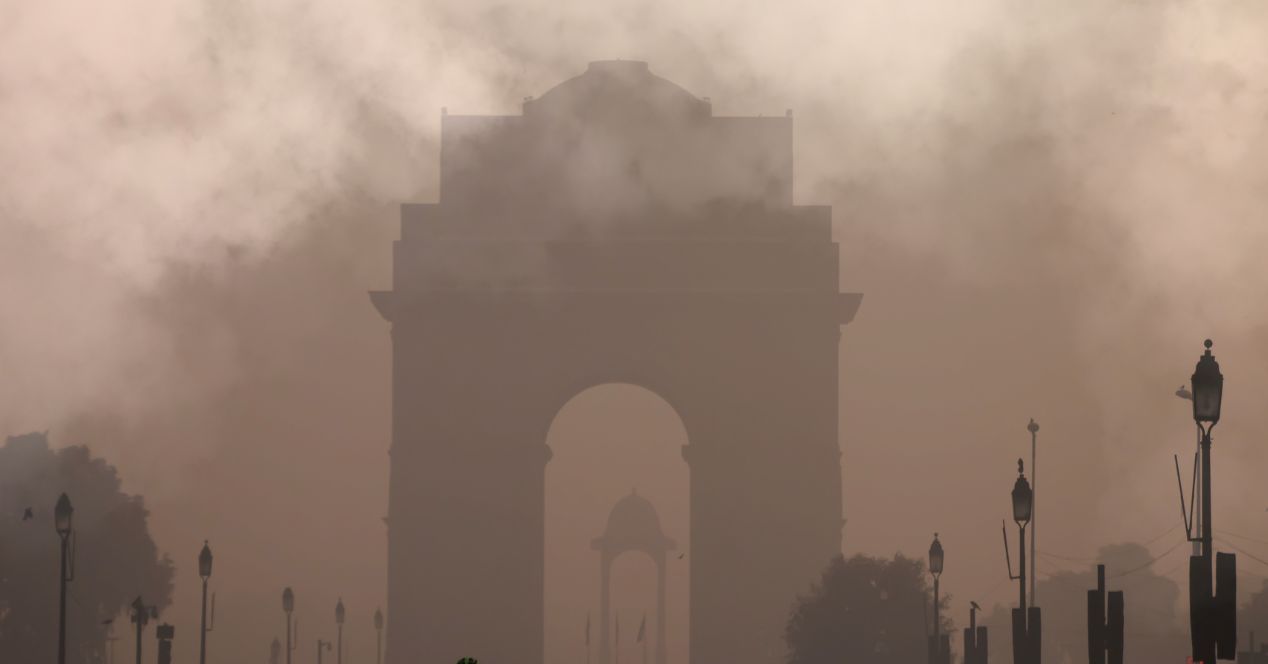Analysis
Breathless in the Capital
The season’s hearings on air pollution have opened several workstreams for authorities. But can the SC double down on enforcement?

I’ve spent the last few months covering the Supreme Court hearings on air pollution in the National Capital Region. The script scarcely changes—an advocate raises the alarm, the bench reacts with concern, pointed questions follow, yet another affidavit is demanded. The conversation circles the usual suspects: the Graded Response Action Plan (GRAP), vehicular emissions, firecracker bans, stubble burning.
One moment from a hearing, heartfelt in its exasperation, stayed with me. Justice A.S. Oka, who has helmed the pollution hearings this season, was visibly at wit’s end when he remarked: “It is apparent that the authorities have made no earnest effort to implement…”
It hit harder because of where I was logging in from—an air purifier-fortified room at the office in Delhi. Outside the shuttered window, I could see a blanket of dense, acrid smog. A doctor had recently concluded it was the cause of my itchy throat, which strikes like clockwork at the onset of smog season.
The Supreme Court began hearing this matter in November, after Delhi recorded an AQI of 485, classified as “severe plus”. Stage IV of GRAP was enforced, which meant restriction of vehicular movement and halting of construction.
In December, Delhi’s AQI averaged 294—ostensibly the cleanest air since the introduction of the AQI system in 2015. Yet, burning eyes and raspy coughs told another story. The AQI numbers felt abstract. An unconvinced Court pushed for long-term solutions, including better waste management and electric vehicles for the government. It was an acknowledgment that a seasonal band-aid won’t cut it any more.
The Court has a long history of involvement in Delhi’s pollution battles. Its first major intervention came in the mid-1980s, when environmental lawyer M.C. Mehta approached it with a request to address vehicular pollution in the city. Since then, the Court has kept the Mehta case open under a continuing mandamus to address a wide spectrum of pollution-related concerns.
In 1991, the Court directed the setting up of a committee to explore low-cost alternatives to reduce vehicular pollution. While disposing of a tagged matter in 1998, it ordered buses, taxis and three-wheelers to switch to CNG. In 2016, it flagged the absence of a clear pollution response plan by the Central Pollution Control Board. It banned firecrackers in 2017 but then eased the restriction in 2018 for “green” crackers. Earlier this month, the Court imposed a year-long ban on the use, manufacture, sale and storage of all firecrackers in Delhi-National Capital Region, noting that there was no proof that green crackers were pollution-free.
Despite all this, the overwhelming sense among concerned citizens is that enduring change has been elusive. Admittedly, the responsibility for enforcement lies with the executive. The Court has pulled out some stops in this set of hearings: summoning Chief Secretaries of the National Capital Region states, pulling up the Commission for Air Quality Management, flagging lapses in implementation of colour-coded stickers for vehicles, directing government in the capital to submit real-time data on polluting industries.
This month, the Court has told off authorities for delays in pollution control at thermal power plants and weak enforcement of vehicular pollution norms. Earlier this week, it noted that 27 percent of Delhi’s solid waste remains unprocessed and directed the Municipal Corporation of Delhi to file a compliance affidavit by the end of June.
The bench has often threatened the authorities with contempt for not meeting filing deadlines or producing evidence of action. But it hasn’t followed through on the threat yet. The concern is that the onset of summer and Justice Oka’s retirement in May could cause the momentum to fizzle out.
But if the Court is serious about its commitment to air quality, it must not just maintain the pressure on authorities but escalate it. If it drops the ball on this, given what we know about executive apathy, we can expect the same grey shroud to blanket this breathless city a few months from now.
This article was first featured in SCO’s Weekly newsletter. Sign up now!




